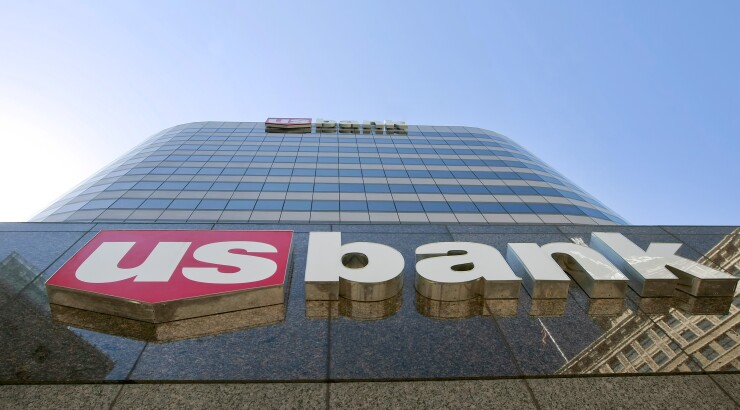U.S. Bancorp announced a slate of environmental goals on Wednesday, including a plan to reduce greenhouse gas emissions dramatically across both its operations and the activities it finances.
The $567 billion-asset company plans to achieve net-zero emissions by 2050, with a focus on financed emissions, or those that result from its financing activities, it said. Though the nation’s very biggest banks, and
The Minneapolis-based parent of U.S. Bank also plans to move to 100% renewable electricity within its operations by 2025, according to a press release. It committed to financing $50 billion in projects with a positive environmental impact by 2030. The company also pledged to incorporate climate risk into its risk management framework and said it will measure and disclose the carbon impact of its financing activities.

“Managing our business in an environmentally sustainable manner is an important component of corporate responsibility and critical to the health of our economy,” Andy Cecere, U.S. Bancorp’s chairman, president and CEO, said in a press release. “We continue to take steps to enhance how we assess the financial and operational risks climate change poses to our company, our clients and the world.”
Banks have faced greater scrutiny from investors in recent years over their role in financing fossil fuel-intensive businesses and activities. Meanwhile, the Biden administration has
Over the past year,
Regional banks have taken smaller steps to measure, disclose and manage their own climate risk and greenhouse gas emissions.
For example, Regions Financial in Birmingham, Alabama, recently
U.S. Bancorp pledged Wednesday to disclose its climate risk in line with the task force’s recommendations. It also said that it’s joined the Partnership for Carbon Accounting Financials,
Like its peers, U.S. Bancorp is eyeing business opportunities in the emerging green economy. The company said Wednesday that it is creating an environmental finance framework for its $50 billion financing commitment and will release additional details by the end of 2022.





